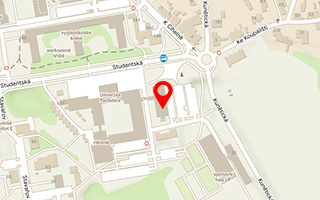Publikace detail
Bodies and Space in the Timaeus
Autoři:
Krása Ondřej
Rok: 2020
Druh publikace: kapitola v odborné knize
Název zdroje: Plato’s Timaeus : Proceedings of the Tenth Symposium Platonicum Pragense
Název nakladatele: Brill
Místo vydání: Leiden
Strana od-do: 131-148
